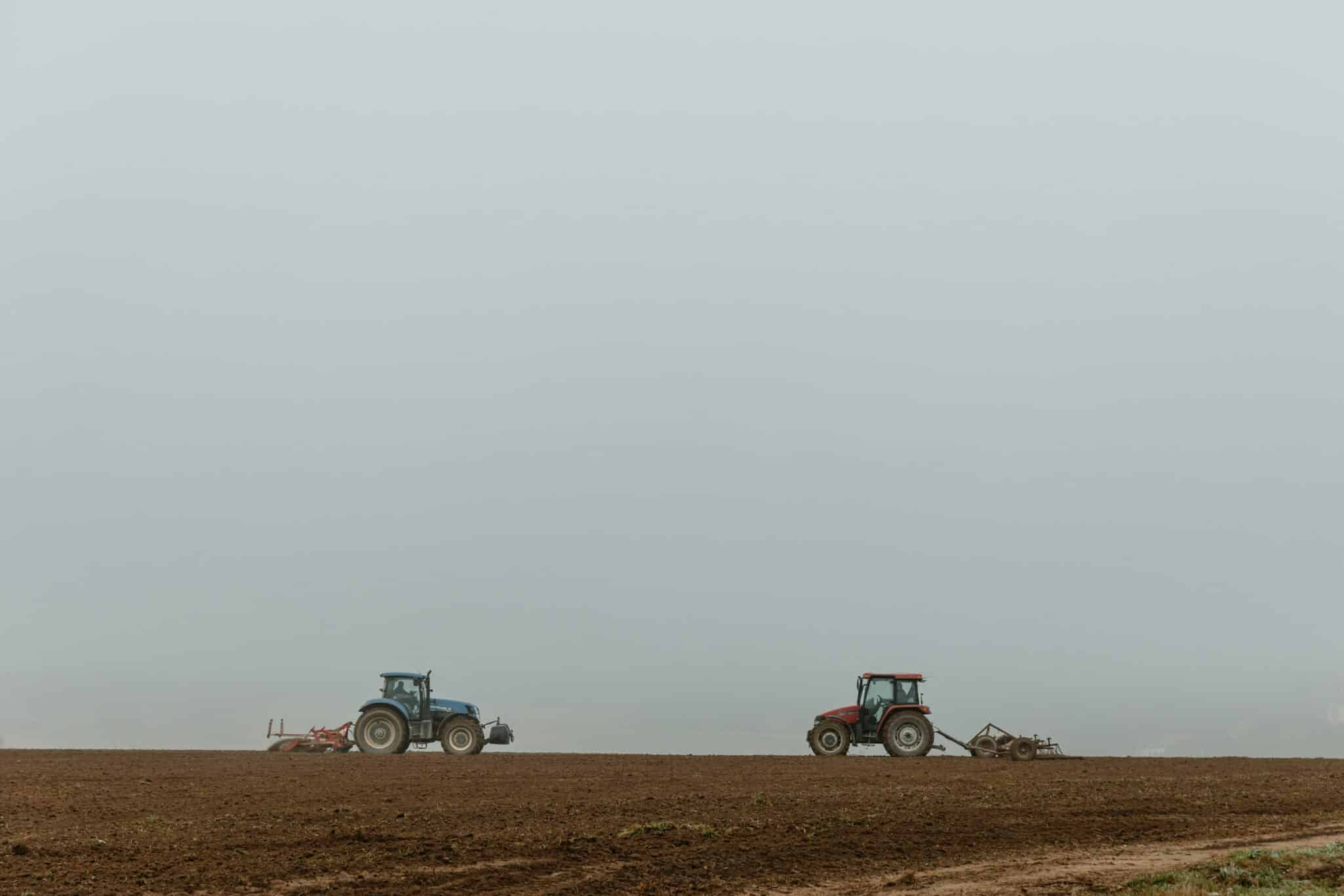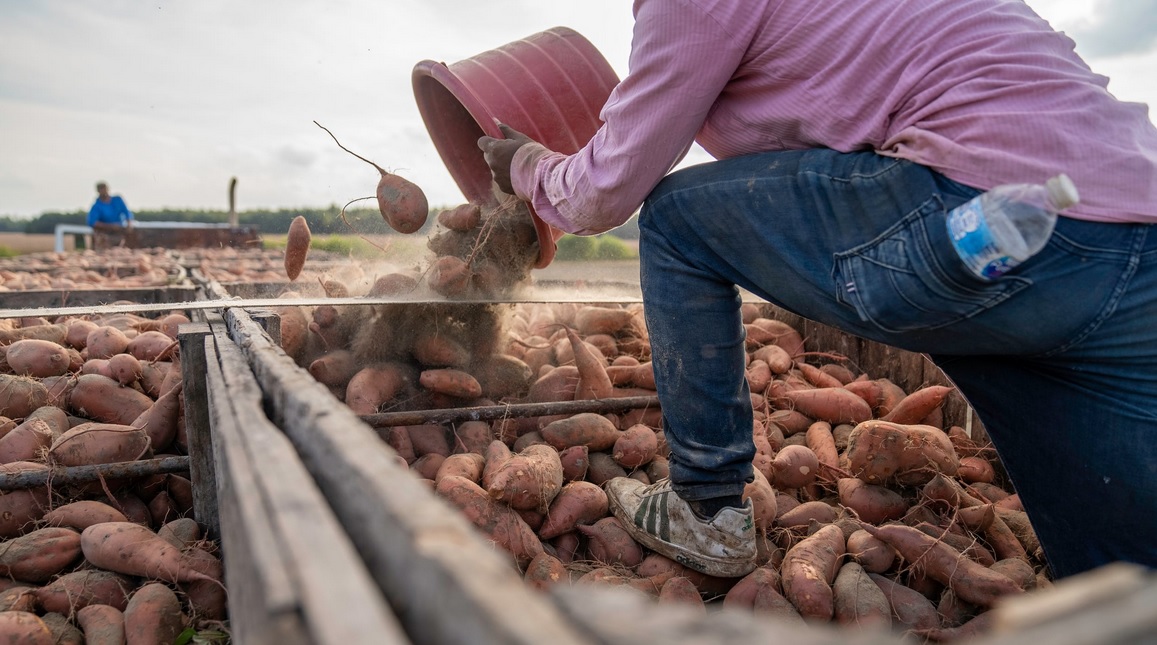Report on Autumn Agricultural Practices in Southern Minnesota and Alignment with Sustainable Development Goals
Executive Summary
This report details the status of fall fertilizer applications in southern Minnesota as of October 2025, analyzing current practices through the lens of the United Nations Sustainable Development Goals (SDGs). The onset of cooler weather is a critical factor for initiating these applications, which have significant implications for economic viability and environmental stewardship in alignment with global sustainability targets.
Assessment of Current Field Operations
Agricultural activities are transitioning into the post-harvest phase, with specific environmental conditions dictating the timeline for nutrient application. This careful timing is essential for achieving sustainable outcomes.
- Manure Application: Spreading is currently delayed due to unseasonably warm temperatures. Proceeding under these conditions would increase the risk of nutrient loss to the atmosphere and waterways, counteracting the objectives of SDG 6 (Clean Water and Sanitation) and SDG 13 (Climate Action).
- Dry Fertilizer Application: Application by agricultural cooperatives has commenced, marking the initial phase of fall nutrient management aimed at supporting future crop yields and contributing to SDG 2 (Zero Hunger).
- Anhydrous Ammonia Application: Widespread application is not expected until soil temperatures cool sufficiently. This practice is vital for preventing nitrogen volatilization, ensuring nutrient efficiency, and minimizing greenhouse gas emissions, directly supporting SDG 13.
- Tillage: Operations are proceeding effectively due to adequate soil moisture. This supports good soil structure and preparation for the next growing season, aligning with principles of sustainable land management under SDG 15 (Life on Land).
Economic Viability and Sustainable Production (SDG 2, SDG 8, SDG 12)
The economic landscape presents significant challenges for producers, directly impacting goals for sustainable food production and economic growth.
- Input Costs: High fertilizer prices are a primary concern for growers planning for the 2026 crop season. This economic pressure affects farm profitability and the achievement of SDG 8 (Decent Work and Economic Growth).
- Food Security Link: Strategic and economically sound fertilizer management is essential for maximizing crop yields and ensuring a stable food supply, a core tenet of SDG 2 (Zero Hunger).
- Responsible Production Patterns: The economic imperative to manage high-cost inputs encourages more precise and efficient fertilizer use. This financial reality pushes producers towards practices that align with SDG 12 (Responsible Consumption and Production) by minimizing waste and maximizing resource efficiency.
Environmental Stewardship and Climate Action (SDG 6, SDG 13, SDG 15)
The timing of fertilizer application is a critical factor in mitigating environmental impacts and supporting key sustainability goals.
- Water Quality Protection (SDG 6): Delaying manure and anhydrous ammonia application until soils are cooler is a critical best management practice. This minimizes the risk of nitrogen and phosphorus runoff into local watersheds, thereby protecting vital water resources.
- Climate Action (SDG 13): Proper application timing for nitrogen-based fertilizers helps reduce nitrous oxide emissions, a potent greenhouse gas. This responsible agricultural practice contributes directly to climate change mitigation efforts.
- Protecting Life on Land (SDG 15): Responsible nutrient management is fundamental to maintaining long-term soil health. By preventing nutrient loss and ensuring nutrients are available for plant uptake, these practices protect terrestrial ecosystems from degradation and support biodiversity.
Conclusion
The current situation in southern Minnesota highlights the complex interplay between agricultural productivity, economic pressures, and environmental sustainability. The decision to delay fertilizer application until cooler weather prevails demonstrates a commitment to practices that support multiple Sustainable Development Goals. This approach balances the need for productive agriculture with the global imperatives of responsible production, climate action, and the protection of water and land resources.
1. SDGs Addressed in the Article
-
SDG 2: Zero Hunger
The article directly discusses agricultural practices, including fertilizer application and tillage, which are fundamental to food production and ensuring food security.
-
SDG 8: Decent Work and Economic Growth
The economic viability of farming is highlighted through the mention of high fertilizer prices and the financial pressure on growers, which relates to farm income and the economic sustainability of the agricultural sector.
-
SDG 12: Responsible Consumption and Production
The article touches upon the management of agricultural inputs like manure and chemical fertilizers. The timing of their application based on weather conditions is a practice related to the sustainable and environmentally sound management of these resources to maximize efficiency and minimize negative impacts.
-
SDG 13: Climate Action
The article illustrates farmers’ adaptation to weather conditions. The delay in fertilizer application due to warmer-than-ideal temperatures demonstrates a direct response to weather variability, which is a key component of building resilience to climate-related challenges.
2. Specific Targets Identified
-
SDG 2: Zero Hunger
- Target 2.3: By 2030, double the agricultural productivity and incomes of small-scale food producers…
Explanation: The article highlights a challenge to this target by stating that “high prices are making it difficult for some growers to decide when to purchase fertilizer.” This directly impacts farm income and profitability, which are crucial for small-scale producers. The tag “farm income” further supports this connection. - Target 2.4: By 2030, ensure sustainable food production systems and implement resilient agricultural practices… that progressively improve land and soil quality.
Explanation: The discussion of proper timing for manure application (“It’s going to have to really kind of cool down”) and tillage practices based on soil conditions (“tillage is going more smoothly… because there’s more moisture in the soil”) are examples of implementing resilient and sustainable agricultural practices.
- Target 2.3: By 2030, double the agricultural productivity and incomes of small-scale food producers…
-
SDG 12: Responsible Consumption and Production
- Target 12.2: By 2030, achieve the sustainable management and efficient use of natural resources.
Explanation: Fertilizer is a key natural resource in agriculture. The article’s focus on the correct timing for application based on temperature is a practice aimed at the efficient use of these resources, ensuring nutrients are available for the crop rather than being lost to the environment.
- Target 12.2: By 2030, achieve the sustainable management and efficient use of natural resources.
-
SDG 13: Climate Action
- Target 13.1: Strengthen resilience and adaptive capacity to climate-related hazards and natural disasters in all countries.
Explanation: The article shows farmers adapting their schedules and practices in response to weather. Delaying fertilizer application because “it’s been too warm” is a clear example of adaptive capacity to unseasonal weather patterns, which is a form of climate resilience.
- Target 13.1: Strengthen resilience and adaptive capacity to climate-related hazards and natural disasters in all countries.
3. Indicators Mentioned or Implied
-
Implied Indicator for Target 2.3: Average income of food producers.
The article does not state a specific number but strongly implies this indicator is relevant. The phrase “high prices are making it difficult for some growers” and the mention of “a lot of pencil pushing” directly point to concerns about the profitability and income of farmers, which this indicator measures.
-
Implied Indicator for Target 2.4: Proportion of agricultural area under productive and sustainable agriculture.
The article implies this by describing specific sustainable practices. The act of waiting for cooler soil temperatures to apply manure and anhydrous fertilizer is a best management practice. Measuring the adoption of such practices would serve as a proxy for this indicator.
-
Implied Indicator for Target 12.2: Domestic material consumption (DMC) or nutrient use efficiency.
While not explicitly mentioned, the core issue of applying fertilizer at the right time relates directly to nutrient use efficiency. Applying fertilizer when it’s too warm leads to nutrient loss, representing inefficient use of a material resource. Therefore, the timing of fertilizer application can be seen as an implied measure of resource efficiency.
4. Summary Table of SDGs, Targets, and Indicators
| SDGs | Targets | Indicators (Implied from Article) |
|---|---|---|
| SDG 2: Zero Hunger | Target 2.3: Double agricultural productivity and incomes of small-scale food producers. | The level of farm income and profitability, affected by high fertilizer input costs. |
| SDG 2: Zero Hunger | Target 2.4: Ensure sustainable food production systems and resilient agricultural practices. | Adoption rate of sustainable practices, such as timing fertilizer application based on soil temperature and moisture. |
| SDG 12: Responsible Consumption and Production | Target 12.2: Achieve the sustainable management and efficient use of natural resources. | Efficiency of fertilizer (natural resource) use, determined by application timing to prevent nutrient loss. |
| SDG 13: Climate Action | Target 13.1: Strengthen resilience and adaptive capacity to climate-related hazards. | The adjustment of farming schedules (e.g., delaying fertilizer application) in response to unseasonal weather conditions. |
Source: brownfieldagnews.com







